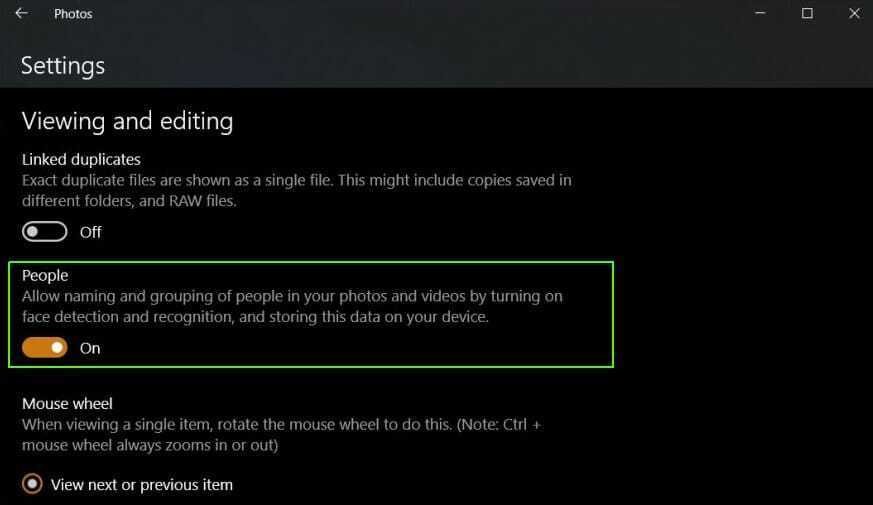Windows 10: Face detection technology is used to locate people in photos. It is currently used by Apple, Facebook and Microsoft.
Η application Windows 10 Photos can find all photos of a specific person. If you think the event is a little too intrusive, you can turn off face detection and recognition.
The Photos or Photos app still does not allow you to associate a name with a person. So if you want to search for photos of a particular person, you should look at the People tab. You can not type your name in the search bar and find the photos.
It can be a little less invasive than the mode of Facebook and Apple, but you may still want to turn off detection and facial recognition.
Open the Photos app and click the More button at the top right of your profile picture. Select Settings from menu which will open.
In the app's settings screen, scroll down to the View and edit section. Look for the 'People' switch and toggle it off to disable her detection and identification of persons.
The change will be applied immediately.
Windows seems to be the only platform that allows users enable and disable face detection. Apple and Facebook do not allow the feature to be turned on or off.
Any photos you store on your Mac or iPhone or uploaded to Facebook, company algorithms scan faces.
Facebook intends to use this data for the safety of its users. If, for example, someone uses the photo Facebook will automatically notify you, and you, of course, can post your photo or profile.
This feature is obviously one of the good uses of the feature. But if you think about how much data Facebook has from a single person, the unhindered use of the function is quite annoying.





